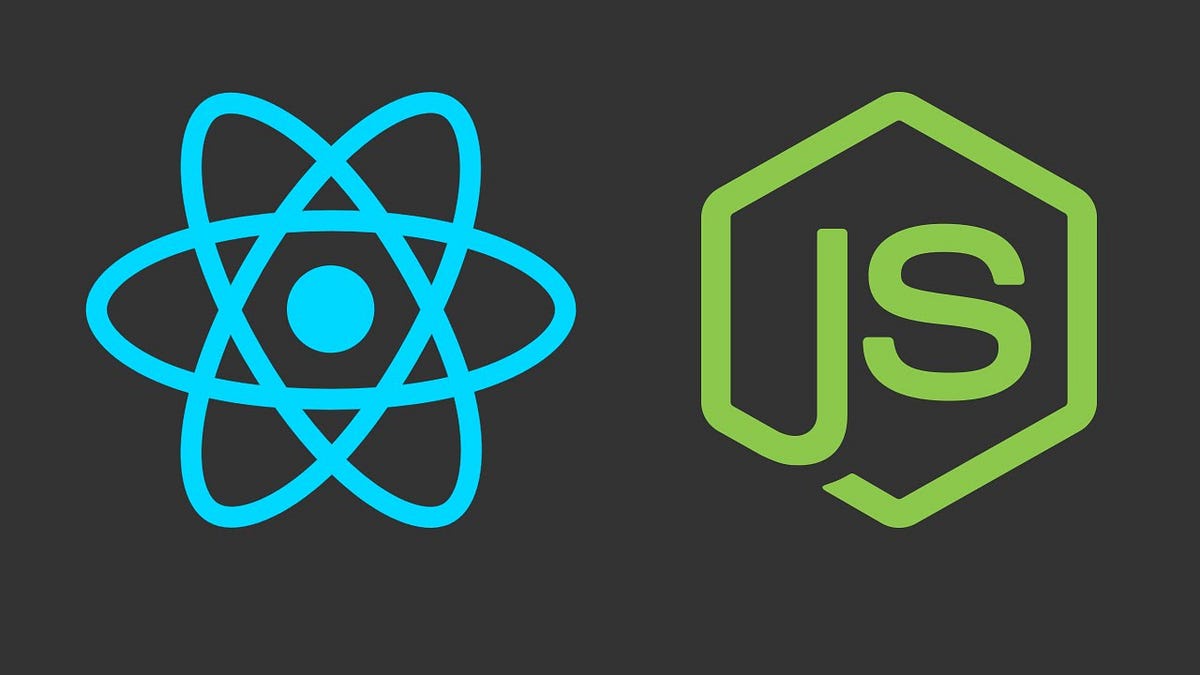In the ever-evolving landscape of web development, businesses strive to deliver seamless and interactive user experiences. React JS, a JavaScript library developed by Facebook, has emerged as a powerful tool for achieving this goal. React JS development services have gained immense popularity for building dynamic, efficient, and scalable web applications. In this blog, we will explore the key aspects and benefits of React JS development services and how they contribute to the success of modern web projects.
-
Why React JS?
React JS, often referred to as React, has become the go-to choice for developers due to its unique features and advantages:
-
Declarative Syntax: React JS Development uses a declarative syntax that allows developers to describe the desired state of the UI. This makes it easier to understand and predict how the UI will behave.
-
Component-Based Architecture: React follows a component-based architecture, where UIs are built as a tree of reusable components. Each component manages its state, making it easier to maintain and scale applications.
-
Virtual DOM: React utilizes a Virtual DOM to optimize rendering. Instead of updating the entire DOM, React updates only the parts that have changed, resulting in improved performance.
-
Reusability and Maintainability: Components can be reused throughout the application, promoting code reusability and easier maintenance. This modular approach enhances collaboration among developers.
-
-
React JS Development Services:
-
Custom React Development: Tailored solutions for businesses seeking unique and feature-rich web applications. React's flexibility allows developers to create custom components and implement specific functionalities based on client requirements.
-
React UI/UX Development: Focusing on creating intuitive and user-friendly interfaces. React's component-based structure facilitates the development of engaging and responsive user interfaces, enhancing the overall user experience.
-
React Single Page Applications (SPAs): Building SPAs that provide a seamless user experience by loading only the necessary content, reducing page reloads, and improving application performance.
-
React Native Development: Extending React's capabilities to mobile app development. React Native allows developers to build cross-platform mobile applications with a single codebase, reducing development time and costs.
-
Migration to React: Assisting businesses in migrating existing applications to React, leveraging its advantages in terms of performance, maintainability, and scalability.
-
-
Key Concepts in React JS Development:
-
JSX (JavaScript XML): Understanding the syntax extension that allows mixing HTML with JavaScript, making component rendering concise and expressive.
-
State and Props Management: Exploring how React components manage their state and receive data through props, is crucial for building dynamic and interactive applications.
-
React Hooks: Introducing the useState and useEffect hooks and how they simplify state management and side effects in functional components.
-
Redux Integration: Utilizing Redux for state management in large applications. React JS Development in uk often leverage Redux to maintain a centralized state and manage complex data flows.
-
-
Optimizing Performance:
-
Virtual DOM Optimization: Exploring strategies for optimizing React applications by leveraging the efficiency of the Virtual DOM to minimize re-renders.
-
Code Splitting: Implementing code splitting to load only the necessary components and resources, reducing the initial load time and improving overall performance.
-
Server-Side Rendering (SSR): Discuss the benefits of SSR in React applications, such as improved SEO and faster initial page loads.
-
-
Testing and Quality Assurance:
-
Jest and Enzyme: Utilizing popular testing libraries like Jest and Enzyme to ensure the reliability and functionality of React applications.
-
Test-Driven Development (TDD): Encouraging the adoption of TDD practices to catch and address issues early in the development process.
-
-
Best Practices in React JS Development:
-
Component Structure: Advising on the best practices for organizing components, ensuring maintainability and scalability.
-
State Management: Discuss the appropriate use of local state, context, and state management libraries based on project requirements.
-
Accessibility and SEO: Emphasizing the importance of building accessible user interfaces and optimizing applications for search engines.
-
-
Conclusion:
In conclusion, React JS development services play a pivotal role in shaping the future of web applications. The library's versatility, coupled with the expertise of skilled developers, empowers businesses to create innovative, high-performing, and user-centric solutions. Whether it's developing custom applications, improving UI/UX, or migrating to React, businesses can harness the full potential of React JS to stay competitive in the dynamic digital landscape. As React continues to evolve, its role in web development services is poised to become even more central, driving innovation and excellence in the creation of modern web applications.


No comments yet